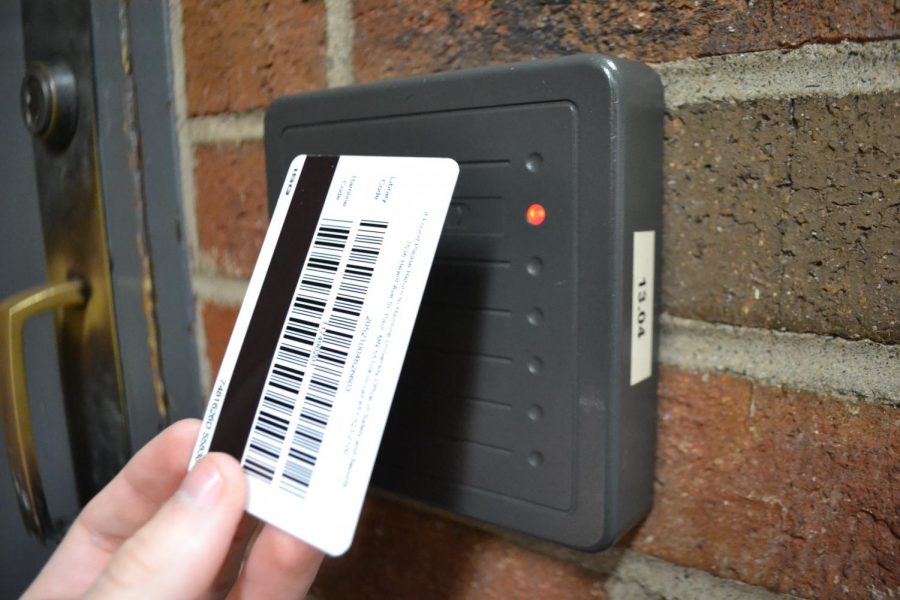Say goodbye to the Dash grant
One facet of emergency financial resources for Hamline students has run out, leaving a handful of remaining emergency options for students.
December 11, 2019
This August, Hamline’s portion of the Dash Emergency Grant, an emergency grant geared toward assisting low-income students cover unforeseeable costs, ran out.
The Dash Emergency Grant was a combined $7.2 million grant distributed to 32 universities across the country. It could be used to cover housing, groceries, medical and other non-tuition costs. Hamline University was awarded $142,000 in funding in 2017 from Great Lakes Higher Education, now called Ascendium Philanthropy.
In order to receive the grant, universities went through an application process, showing proof of need and meeting the Dash Grant halfway in providing funds.
“I wish we could still provide the grant but we ran out of funding,” said Javier Gutierrez, Assistant Dean of Students.
Hamline University prides itself on its affordability and tuition aid. Eighty-five percent of full-time undergraduates receive some kind of need-based financial aid at Hamline University.
“Approximately 159 students were recipients of the Dash Grant,” Gutierrez said. “From what I know, a handful of students, maybe five, have come forward expressing housing difficulty this year.”
Although the Dash Grant has run out, Hamline has its own emergency fund which will replace the Dash Grant with a one-time grant of $500. Students are not required to reimburse this money. Qualifying students would have their FAFSA completed with an expected family contribution of less than $5000 and no current holds on their accounts.
Hamline also offers an emergency loan of $500 to any student in need but requires the student to reimburse them within 60 days. To qualify, the student must have a completed FAFSA and no current holds.
Both of these funding sources can be used to cover unexpected costs students may run into, including repairs to a vehicle, replacing a lost or stolen textbook or laptop, or helping navigate situations of housing or food insecurity.
According to the April 2019 survey by Hope Center for College, 30% of four-year college students identify as both housing and food insecure in the United States.
There are currently no official statistics on the number of Hamline students experiencing housing insecurity, which can affect students living in dorms or off-campus. Hamline University has no plans underway to release a survey to gauge the housing situation and is not receiving grants to help with housing.
“In order to release a survey, we first need to figure out what sort of housing insecurity are we looking for, whether it be difficult home lives or difficulty paying bills,” Gutierrez said.
However, the annual Feed Your Brain survey measures food insecurity on campus. According to this survey, 174 out of the 359 Hamline students identified as food insecure, which would equate to at least 5% to 12% of Hamline undergraduates experiencing food insecurity.
“We are currently applying and trying to get funding from Aramark which would specifically help provide funding for food insecurity,” Gutierrez said.
If any students are unable to make rent or pay any bills, visiting the Dean of Students office is recommended. Staff can help determine whether the student’s needs are qualified under Hamline’s emergency fund or whether there are other resources available.
“We can assist where we can, whether it is through financial resources, or assisting them with financial aid to see what additional funds they can get,” said Yolanda Armstrong, Assistant Director of Residential Life.

